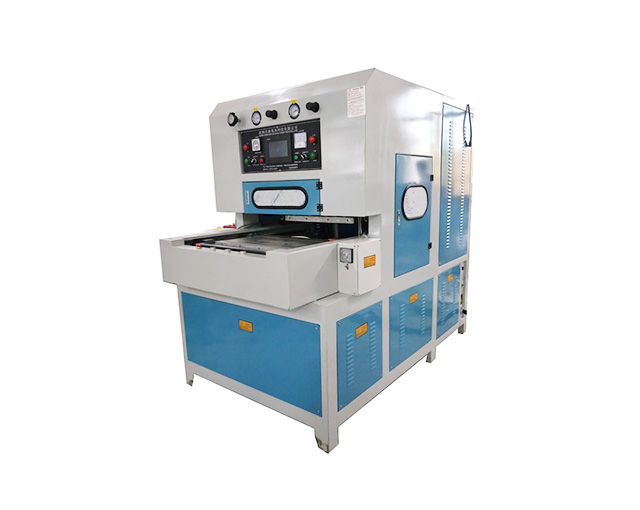Time:2025-08-13 Views:1 source:News

Embossing machine smart manufacturing represents the integration of advanced digital technologies, automation, and data-driven processes into the design, operation, and maintenance of embossing equipment, revolutionizing traditional production methods. This approach leverages Industry 4.0 principles, such as the Internet of Things (IoT), artificial intelligence (AI), and cloud computing, to enhance precision, flexibility, and efficiency in embossing operations—used across industries like textiles, packaging, leather goods, and metalworking to create raised or recessed patterns on materials.
At the core of smart manufacturing for embossing machines is IoT connectivity, which involves equipping machines with sensors to collect real-time data on performance metrics such as pressure, temperature, speed, and pattern alignment. This data is transmitted to a central system, allowing operators and managers to monitor machine health, detect anomalies, and optimize settings remotely. For example, sensors measuring pressure during the embossing process can alert operators to inconsistencies that may result in defective patterns, enabling immediate adjustments to prevent waste. AI algorithms analyze historical and real-time data to predict maintenance needs, such as worn-out rollers or hydraulic system issues, reducing unplanned downtime and extending machine lifespan.
Another key aspect is digital design integration. Smart embossing machines use computer-aided design (CAD) software to create and modify embossing patterns digitally, which are then directly uploaded to the machine’s control system. This eliminates the need for physical pattern plates or manual adjustments, allowing for rapid prototyping and customization. For instance, a textile manufacturer can quickly switch between floral and geometric patterns by uploading a new CAD file, adapting to market trends without costly retooling. Additionally, digital twins—virtual replicas of the embossing machine and production line—enable simulation of different materials and settings, testing the feasibility of new patterns or processes before implementation on the physical machine.
Automation is enhanced in smart embossing systems through robotics and adaptive control. Robotic arms can load and unload materials, sort finished products, and even inspect embossed surfaces using machine vision systems to ensure pattern quality. Adaptive control systems adjust machine parameters in real time based on material variations (e.g., thickness or texture of leather or paper), ensuring consistent embossing results across batches. This is particularly valuable for processing natural materials, which often have inherent variability.
Data analytics plays a crucial role in optimizing overall production efficiency. By analyzing data on cycle times, material usage, and defect rates, manufacturers can identify bottlenecks in the production line, streamline workflows, and reduce waste. Cloud-based platforms allow for cross-facility data sharing, enabling standardized processes and best practices across multiple manufacturing sites. For example, a packaging company with multiple plants can use data from its smart embossing machines to identify the most efficient settings for a particular cardboard type, applying these standards company-wide.
Smart manufacturing also enables greater sustainability in embossing operations. Energy consumption data collected by sensors can be analyzed to identify opportunities for energy savings, such as optimizing machine idle times or adjusting heating elements. Predictive maintenance reduces the need for excessive spare parts inventory, while digital pattern design minimizes material waste from trial-and-error prototyping.
embossing machine smart manufacturing transforms traditional embossing processes through IoT connectivity, AI-driven analytics, digital design, and advanced automation. By enabling real-time monitoring, predictive maintenance, rapid customization, and data-driven optimization, it enhances product quality, reduces costs, and increases competitiveness in industries reliant on precise, consistent embossing.
Read recommendations:
Automatic HF RF welding machine PET plastic blister packaging sealing cutting edge
Single Side Automatic plastic blister die Cutting Machine
Semi automatic making bags welding machine Flexible film fusing and cutting
Complete control over products allows us to ensure our customers receive the best qualityprices and service. We take great pride in everything that we do in our factory.
